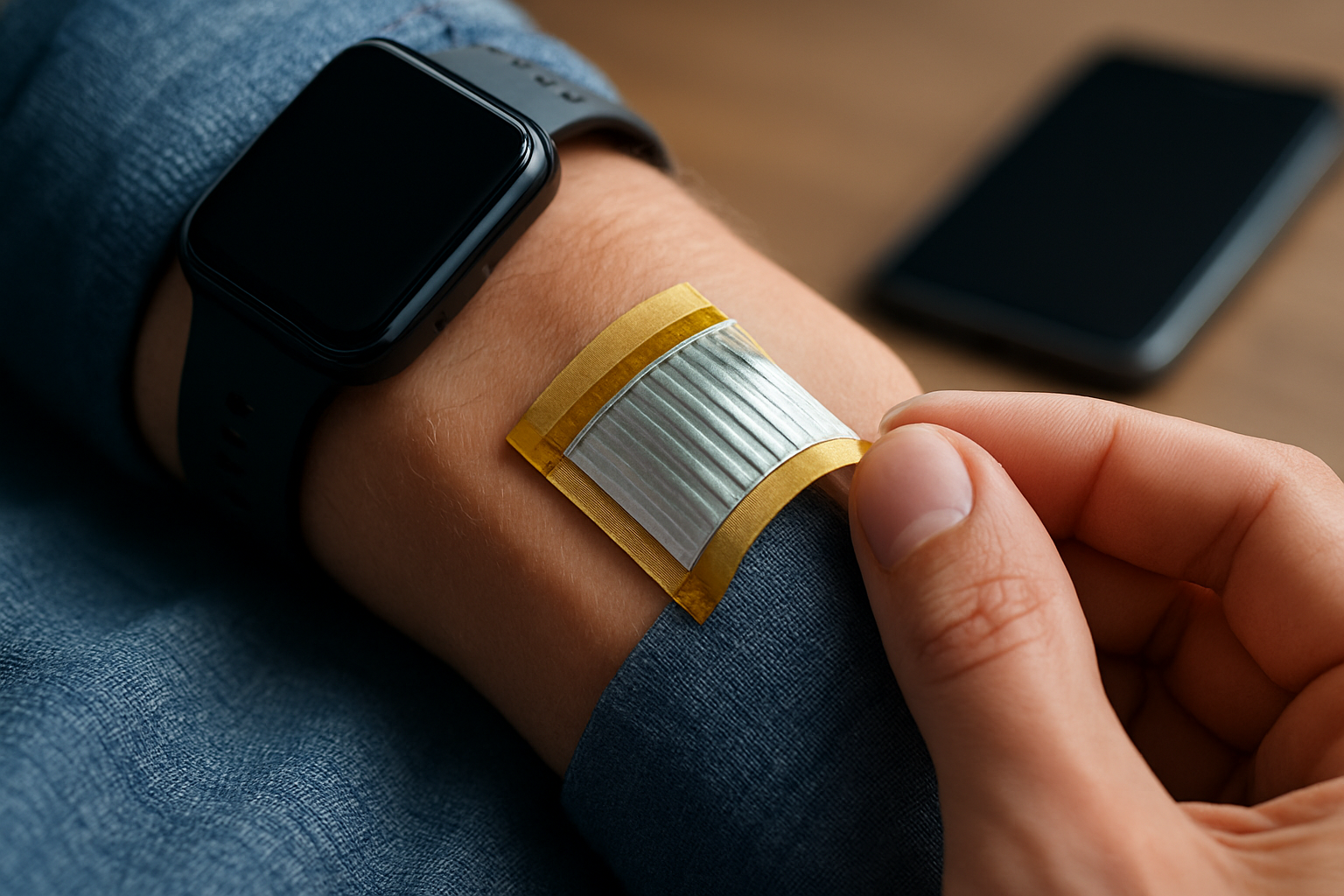Understanding How Sleep Tracking Technology Collects and Interprets Data
This article explores how sleep tracking technology collects and interprets data to help users enhance sleep quality. It examines the benefits, accuracy, and effectiveness of these tools, offering insights into how technology supports healthier, more restful sleep.

How Sleep Tracking Devices Collect Data
Sleep tracking technology employs various sensors to gather physiological data during sleep. Most consumer-grade sleep trackers use accelerometers to detect movement, working on the principle that different sleep stages correlate with varying levels of physical movement. More advanced devices incorporate heart rate monitoring through photoplethysmography (PPG) sensors that detect blood volume changes in microvascular tissue. Some sophisticated trackers also measure breathing patterns, body temperature, and ambient factors like room temperature, noise levels, and light exposure. These data points create a comprehensive picture of both the sleeper’s physical state and environmental conditions throughout the night.
The Science Behind Sleep Stage Identification
Sleep tracking technology interprets collected data to identify different sleep stages, typically categorizing sleep into light sleep, deep sleep, REM (rapid eye movement) sleep, and periods of wakefulness. The algorithms analyze movement patterns, heart rate variability, and breathing rhythms to determine which stage you’re experiencing. For example, deep sleep is characterized by minimal movement and slower, more regular heart and breathing rates, while REM sleep often shows increased heart rate variability despite physical stillness. While consumer devices can’t match the precision of polysomnography (the gold standard used in sleep labs), they provide reasonable estimates that help users understand their sleep architecture.
Types of Data Analysis in Sleep Technology
Sleep technology employs sophisticated data analysis techniques to convert raw sensor data into meaningful insights. Machine learning algorithms analyze patterns over time, creating personalized sleep profiles for individual users. Statistical analysis compares nightly data against baseline measurements to detect anomalies or trends. Some platforms incorporate comparative analysis, contextualizing individual sleep data against population averages or cohorts with similar demographics. The most advanced systems use predictive analytics to identify factors that positively or negatively impact sleep quality and offer recommendations based on these correlations. This multi-layered approach enables sleep technology to provide increasingly personalized guidance.
Sleep Tracker Benefits for Long-term Health Monitoring
Regular sleep tracking offers numerous benefits for monitoring and improving long-term health. By establishing sleep baselines and identifying patterns, users can recognize how lifestyle factors like exercise, diet, stress, and screen time affect their sleep quality. Consistent tracking helps detect subtle changes that might indicate developing health issues, as disrupted sleep patterns often precede more obvious symptoms of conditions like sleep apnea, anxiety, or depression. Many users report increased sleep awareness simply by monitoring their sleep, leading to better sleep hygiene practices and more consistent sleep schedules. Additionally, the data collected can provide valuable information for healthcare providers when diagnosing sleep disorders.
Privacy and Accuracy Considerations in Sleep Data Collection
Sleep tracking raises important considerations regarding data privacy and accuracy. Consumer sleep trackers collect intimate biological data that requires proper security protocols to prevent unauthorized access. Users should carefully review privacy policies to understand how their sleep data is stored, processed, and potentially shared with third parties. Regarding accuracy, consumer devices have limitations compared to clinical sleep assessment tools like polysomnography. Factors such as sleeping position, mattress type, or sharing a bed with partners or pets can affect readings. Additionally, algorithms may misinterpret certain biological signals, particularly in people with atypical sleep patterns or certain health conditions.
How to Interpret and Apply Sleep Tracking Data to Improve Sleep Quality
Effectively interpreting sleep data requires understanding both its insights and limitations. When reviewing sleep reports, look for consistent patterns rather than focusing on single-night anomalies. Pay attention to correlations between daytime activities and sleep metrics—such as how caffeine timing, exercise, or screen usage affects sleep onset and quality. Use the data to experiment with sleep-improving strategies like adjusting bedtime routines, room temperature, or meal timing. The most successful approach combines technological insights with subjective assessment of how you actually feel upon waking. Rather than obsessing over perfect scores, focus on identifying actionable changes that consistently improve both measured sleep quality and daytime energy levels.
Sleep tracking technology continues to evolve, becoming more sophisticated in data collection and interpretation. While not a replacement for medical diagnosis, these tools offer valuable insights that help users understand their sleep patterns and make informed lifestyle adjustments. By understanding how sleep tracking technology works, users can better leverage these tools to improve sleep quality and overall wellbeing.
This article is for informational purposes only and should not be considered medical advice. Please consult a qualified healthcare professional for personalized guidance and treatment.




